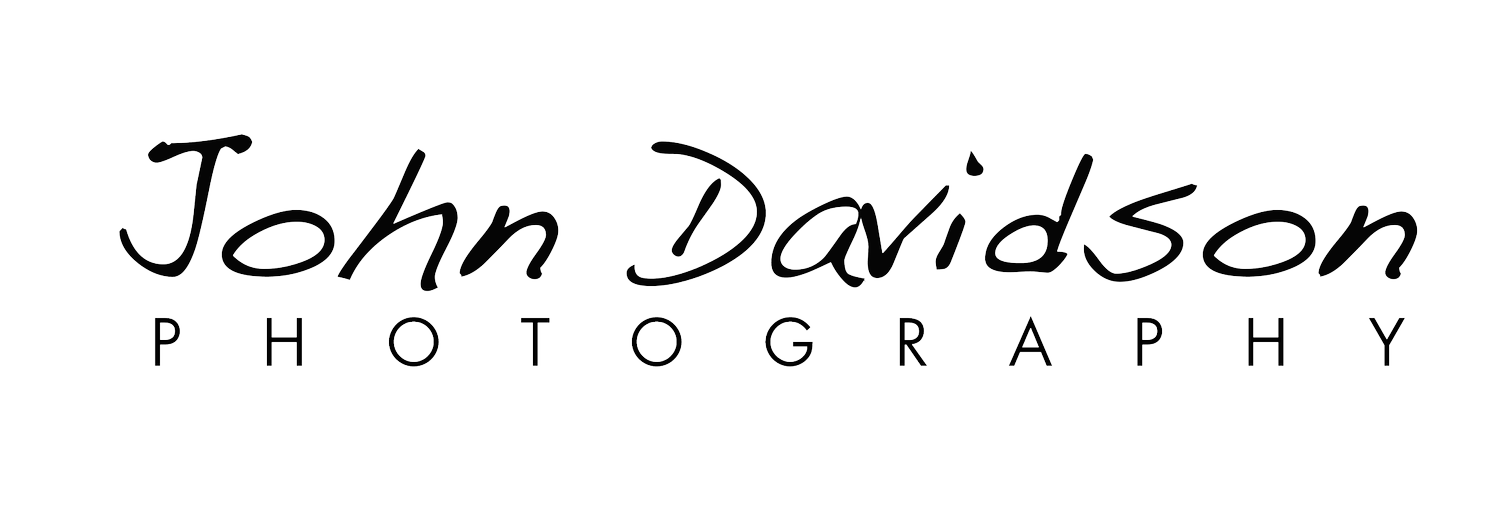2017.09.18 Beaches Jazzfest
Having an iPad is somewhat liberating. The iPad Pro is even more liberating because not only can one write with it, but import RAW and JPG photo files and edit them in Lightroom. And while doing this sync the adjustments to my desktop computers – from anywhere! And all the changes made to the files in Lightroom on the iPad are automatically synced to the Mac desktop to fine tune for final output later on (if necessary). All so very cool.
But I’m ahead of myself. This is a post about something more specific. Sure, I wanted to briefly discuss that I can marry my Fuji X cameras to the iPad and it’s software. But its really a marriage between two passions: Photography and music.
I am a jazz fan. Well, a music fan in general, but I do love jazz. Especially live jazz. A few weeks ago I attended several concerts and a street fest at the 29th Beaches International Jazz Festival in Toronto. Shooting photos of musicians while they perform has always been fun. I feel the music as I shoot it and usually this helps me in the creation of better pictures. Well, not usually, always. Besides, it’s a blast to shoot pictures with the combined ambience of sight and sound right in front of and enveloping you. It’s a rush.
Like at all jazz festivals the word ‘jazz’ itself is a bit of a stretch. By that I mean – certainly there’s not a great deal of quiet piano, bass and drums, or much traditional or bebop. But lots of groove, funk and world beat. I don’t care much either way, as I love all of it.
I certainly have no desire to point out much regarding all the technical comparisons of RAW vs in-camera processed files – there are many articles and publications which do that quite nicely. Besides, I want the pictures to speak for themselves…which they most certainly do. But I must state that almost every image used here began as a JPG using the X-T2’s Fuji Acros black and white film simulation mode.
As for gear, I decided to shoot almost every image with the 24 megapixel APS sized sensor Fujifilm X-T2 through the glass of the superbly sharp XF 50-140mm f/2.8 R LM OIS WR lens – shooting almost exclusively in Fuji’s Acros JPG mode (along with RAW which I always shoot). I knew that if I wanted the chance to have colour back ups and higher bit depth (if I were I not happy with the B&W JPGs straight out of the camera) I needed to cover all the bases.
Although shooting both RAW and JPG has been my habit since my very first digital camera (the lowly, yet venerable Nikon D70) and one which certainly occupies a great deal of storage space – were it not for wanting the odd colour image, I now might have to question the very need to shoot RAW at all. Especially when the ultimate goal is black and white. Sure, one can fine tune the image, bring out detail in shadows, all that stuff. But isn’t that what good exposure is for? Particularly in the black and white image where so much information – namely colour – has been removed?
Yes, as you will see, the JPGs are rich in detail, not overly doctored, or sharpened and certainly have a life-like film look that takes me back in time…the likes of which I’ve not seen in any other digital camera. But I do suppose a lot of it has to do with that Fuji X-Trans lll sensor. Magic to be sure. Either way the images impress so much. I really wanted to see how well the X-T2 and that 50-140mm f/2.8 would handle bright and contrasty sunlight, as well as low stage lighting at night.
The result? I can’t see any lighting situation with this Fuji combination that the B&W JPG film simulation mode cannot do well. It really does feel like shooting with a film camera. And the look! What follows is a gallery of images which, apart from the accompanying captions, will speak for themselves. And one final (reluctant) thought…I could never have shot B&W images with this much shadow detail, lack of grain, sharpness and much more at ISO’s approaching 5000 or higher on film. There, I finally admit it. Enjoy!




